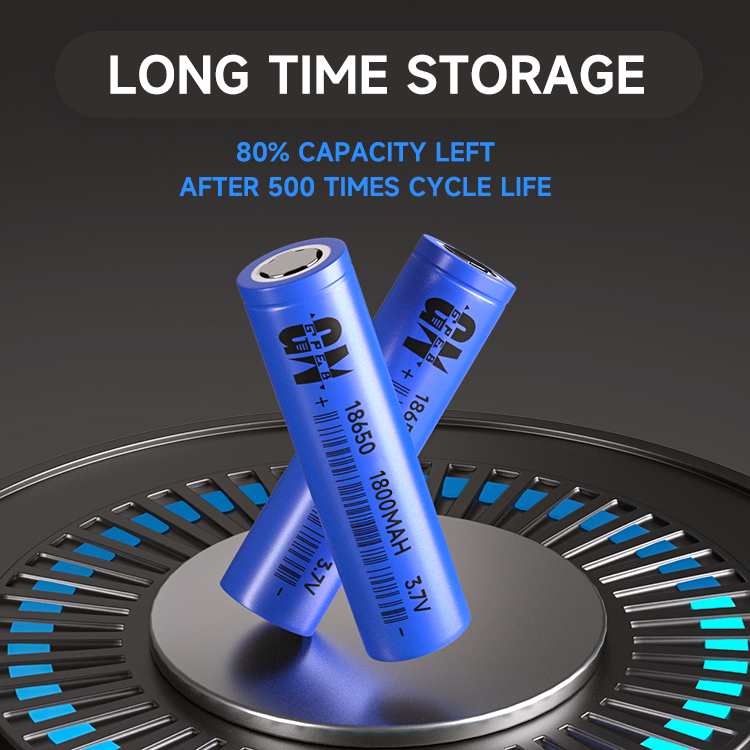
In recent years, new energy vehicles have developed rapidly and gradually
become a new sales force in the market. However, at the same time, there is
constant controversy among insiders and outsiders about whether electric
vehicles are environmentally friendly.
Among them, the most controversial one is the batteries used in electric
vehicles. Due to the presence of heavy metals, electrolytes, and other chemicals
in power batteries, improper handling can cause significant environmental
pollution.
So, many manufacturers and third-party organizations are actively promoting
the recycling of power batteries. Recently, as the world's largest car company,
Volkswagen Group officially announced the launch of its power battery recycling
plan.
According to the Volkswagen Group's plan, the initial plan is to recycle
3600 battery systems per year, equivalent to 1500 tons. In the future, with the
continuous optimization of the recycling management process, the factory will
further expand its capacity to handle larger battery recycling needs.
Unlike other battery recycling institutions, Volkswagen recycles old
batteries that cannot be used for other purposes. The recycling process no
longer uses high-energy blast furnace smelting technology, but involves deep
discharge and disassembly. The battery components are crushed into particles and
then dried and screened, while the core components of the old batteries are used
to produce new cathode materials.
Affected by policies, laws and regulations, major car companies around the
world are actively promoting the recycling of power batteries. Among them are
both Chang'an and BYD, which are independent brands; There are also joint
venture brands such as BMW, Mercedes Benz, and General Motors.
BYD is a well-deserved leader in the field of new energy, and has been
laying out plans for power battery recycling for a long time. In January 2018,
BYD reached a strategic cooperation with China Tower Corporation, a major
domestic power battery recycling company.
BAIC New Energy has successively launched strategic cooperation with Ningde
Times and Greenway Co., Ltd., which is engaged in power battery recycling, on
power battery recycling; SAIC Group and Geely have teamed up with Ningde Times
to expand their power battery recycling business.
In addition to domestic brands, foreign car companies such as BMW, Mercedes
Benz, and General Motors among joint venture brands are also intensifying their
collaboration with third-party institutions to engage in power battery
recycling. BMW collaborates with Bosch; Mercedes Benz collaborates with battery
recycling companies to implement the Lunen project, using retired batteries to
build a large photovoltaic power station energy storage system.
The Nissan brand among the three Japanese brands has chosen to establish a
joint venture with Sumitomo Corporation, 4REergy, to establish a factory
specializing in the reuse and treatment of lithium-ion batteries for electric
vehicles. The recycled batteries that cannot be reused will be concentrated as
energy storage equipment for commercial residential use.
Firstly, we need to understand what recycling is. Recycling actually refers
to the multi-level and reasonable utilization of waste lithium power batteries
in new energy vehicles, mainly including cascade utilization and resource
regeneration.
Currently, the power batteries on the market are mainly divided into two
types: ternary lithium batteries and lithium iron phosphate batteries, both of
which contain heavy metals such as lithium, cobalt, nickel, and manganese. Among
them, cobalt and nickel are rare mineral resources at the level of Chinese
sturgeon in China, which are very precious.
The methods for recycling heavy metals from waste batteries are also
different domestically and internationally. The European Union mainly extracts
useful metals through processes such as pyrolysis wet purification, crushing
pyrolysis distillation pyrometallurgy, while domestic recycling companies
typically use pyrolysis mechanical disassembly, physical sorting, and wet
metallurgy processes to treat waste batteries.
Secondly, considering the complex composition ratio of power batteries,
different types of batteries have different recovery rates, and different types
of batteries also have different recovery processes. For example, the recovery
of cobalt and nickel is generally better by pyrometallurgical extraction, while
hydrometallurgy is more effective in recovering metals from lithium phosphate
ferroelectric batteries.
On the other hand, although waste batteries can be recycled and reused, the
economic benefits of recycling them are not high. According to data, the current
cost of recycling 1 ton of lithium iron phosphate batteries is around 8500 yuan.
However, after refining the metal from waste batteries, the market value
obtained ranges from 9000 to 10000 yuan, with very low profits.
As for ternary lithium batteries, although the recycling efficiency is
higher than that of lithium iron phosphate batteries, due to the toxicity of
cobalt and the risk of secondary pollution and even explosion caused by improper
operation, there are higher requirements for equipment and personnel, and the
cost expenditure is higher. However, the economic benefits are still relatively
low.
However, generally speaking, the actual capacity loss of waste batteries
can rarely exceed 70%, so these batteries are usually utilized in a cascade
manner, such as for low-end electric vehicles, electric tools, wind power
generation and storage devices, etc., in order to achieve the reuse of waste
batteries.
Although cascade utilization does not require complete disassembly of the
battery, due to the uneven battery cells (such as Tesla NCA), there are still
many problems in practical application, such as how to reassemble different
battery modules? How to accurately predict battery life through indicators such
as SOC.
Furthermore, there is an issue of economic efficiency. Generally speaking,
the cost of power batteries is relatively high. Therefore, in the later stage of
cascade utilization, if they are used in energy storage, lighting and other
fields, they may be overutilized, and sometimes the gains and losses may not be
worth the losses, and the cost may be even higher.
Read recommendations:
Coin Battery LR 921
When selecting unmanned ship batteries, the following factors need to be considered
CR2032 button cell battery.What are the advantages of polymer lithium batteries
Nickel Metal Hydride No. 15 battery wholesaler
CR2450 battery












































 360° FACTORY VR TOUR
360° FACTORY VR TOUR
 Whatsapp
Whatsapp
 Tel
Tel Email
Email TOP
TOP